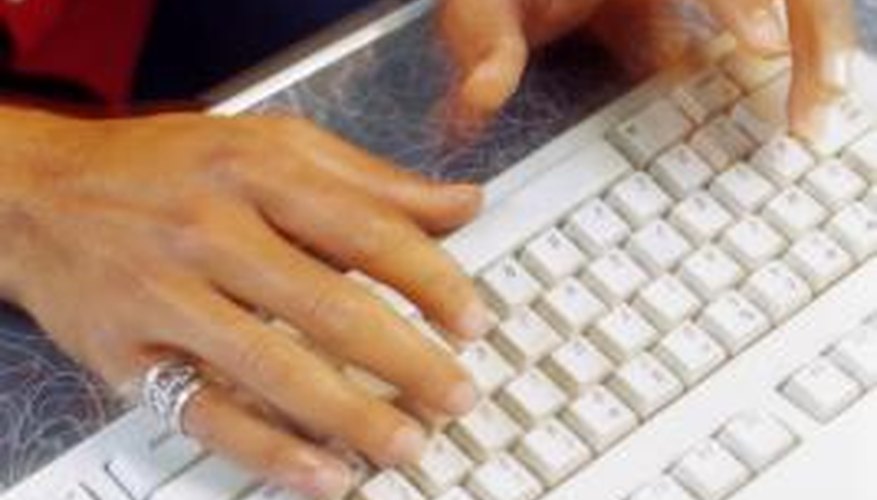For regular computer users, ergonomics are an important matter. Failure to adapt your working habits can lead to painful, chronic conditions which can take years to clear up. Because of the repetitive nature of computer work, even small, seemingly insignificant factors can take their toll over time. Difficulty in depressing the keys of the keyboard is a prime example of this. The extra work done by the small muscles in the hand and wrist can contribute to repetitive strain injury.
- For regular computer users, ergonomics are an important matter.
- The extra work done by the small muscles in the hand and wrist can contribute to repetitive strain injury.
Turn your keyboard upside down and shake it strongly. Often the stiffness of the keys is caused by the accumulated debris under the keys. If this does not work, flex the casing firmly in your hands and try again.
Spray the keyboard with a can of compressed air, using the long, thin nozzle to get the air right under the keys. Again shake the keyboard out. If this still doesn't work, pop all the stiff keys off the keyboard and clean underneath with a slightly damp cloth or alcohol wipes if there is grease. Wait for it to dry and spray a small amount of silicone spray lube around the small columns which the keys fit onto. Pop all the keys back on.
- Spray the keyboard with a can of compressed air, using the long, thin nozzle to get the air right under the keys.
- If this still doesn't work, pop all the stiff keys off the keyboard and clean underneath with a slightly damp cloth or alcohol wipes if there is grease.
Place a gel cover over your keyboard if the problem you are experiencing is tenderness on the tips of your fingers. This also helps to prevent debris from accumulating in the keyboard.
Place gel pads in front of the keyboard to rest your wrists on. The "stiffness" of the keyboard may in fact be a result of damage to muscles, ligaments or nerves caused by holding your hands at an uncomfortable angle. With your hands higher up, the larger muscles on the underside of the wrist give the power to typing muscles instead of the smaller muscles at the back of the wrist.
